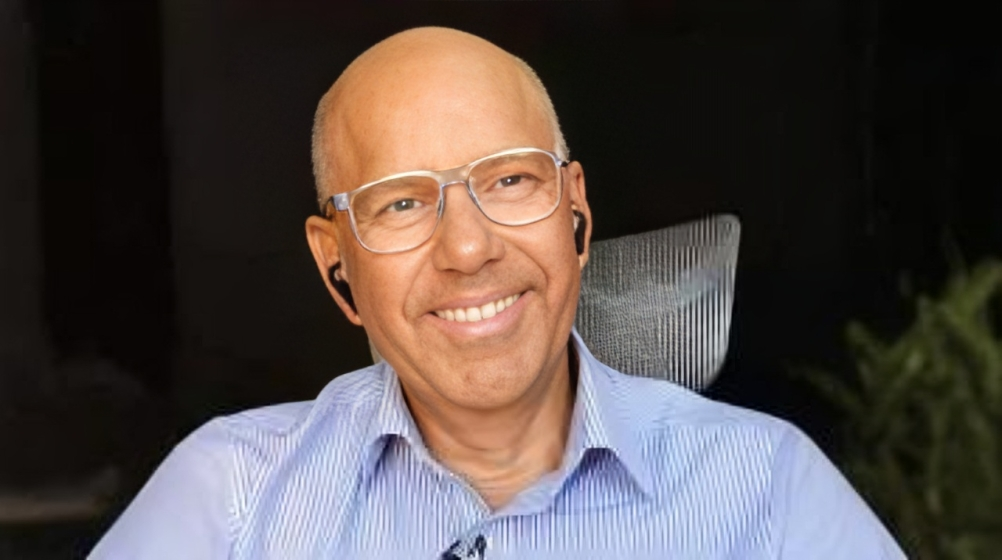
Haroun Gajraj: Stop Before You Inject Spider Veins Around the Ankle
Haroun Gajraj, Phlebologist and Board Member of the British Association of Sclerotherapists, posted on LinkedIn:
“STOP: BEFORE YOU INJECT SPIDER VEINS AROUND THE ANKLE…
Consider these 4…
The ankle region is one of the RISKIEST areas in Sclerotherapy.
Even experienced practitioners can face complications that lead to months of patient pain.
Here are the 4 crucial factors that make this zone a clinical minefield:
1. Arterial Vulnerability
This zone is uniquely prone to inadvertent injection into tiny arterioles, or sometimes arteries, with potentially disastrous consequences.
2. Protracted Pain
Extravasation of sclerosant can easily inflame a superficial sensory nerve, leading to sharp pain that persists for weeks, and often months.
3. Slow Healing
Any resulting scabs or skin ulcers typically take a considerably longer time to heal compared to other areas of the leg.
4. Venous Reflux
Spider veins here are more strongly associated with underlying venous reflux, meaning superficial treatment alone may not address the root cause.
If you are treating this area, you must know the correct technique and mitigation strategies to protect your patient and your practice.
I have shared my full approach and detailed advice in a video. Watch the expert technique and full warning here.
I’m REALLY interested to hear from other experienced specialists.
For experienced practitioners: Which specific sclerosant and concentration do you prefer for the ankle, and why?
Let’s discuss best practices in the comments!
Acknowledgment: Injection technique demonstrated by Zola Mzimba board member of The British Association of Sclerotherapists
Disclaimer
- This content is for educational purposes only and is intended for medical professionals (Sclerotherapists, Phlebologists, etc.). It does not constitute specific medical advice, diagnosis, or treatment for any individual. Always rely on your own clinical judgment, training, and patient assessment before performing procedures.”

Stay informed with Hemostasis Today.
-
Nov 21, 2025, 14:26Michael Makris: New UK Guideline on Acquired Coagulation Factor Inhibitors
-
Nov 21, 2025, 14:24William Wallace: Magnesium – Role in Blood Pressure Regulation
-
Nov 21, 2025, 14:23Mohamed Magdy Badr: How Do Acute Wounds Turn Into Chronic Wounds?
-
Nov 21, 2025, 14:22Ron DePinho: A Transformative Insight into Lupus – and the Virus Nearly All of Us Carry
-
Nov 21, 2025, 14:18Michael Bartholomew: Fix Your Mitochondria, Fix Almost Everything
-
Nov 21, 2025, 14:16Gianluca Franceschini on Fostering Innovation in Breast Cancer Care
-
Nov 21, 2025, 14:13Jon Faldasz: Ondansetron May Have Cardiotoxicity Risk Among 5-HT3RAs Due to High Concentration in Cardiac Tissues
-
Nov 21, 2025, 14:10Hortense Triniac Shares PhD Research: How Cortical Neurons Process and Activate tPA
-
Nov 21, 2025, 14:09Tatevik Hovakimyan and Rachel ter Bekke: Modern Insights into Cardiomyopathies and Channelopathies
